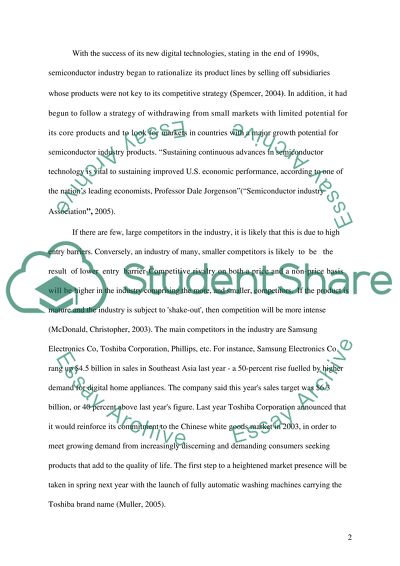Cite this document
(“Strategic Analysis: semiconductor industry Essay”, n.d.)
Retrieved from https://studentshare.org/technology/1509343-strategic-analysis-semiconductor-industry
Retrieved from https://studentshare.org/technology/1509343-strategic-analysis-semiconductor-industry
(Strategic Analysis: Semiconductor Industry Essay)
https://studentshare.org/technology/1509343-strategic-analysis-semiconductor-industry.
https://studentshare.org/technology/1509343-strategic-analysis-semiconductor-industry.
“Strategic Analysis: Semiconductor Industry Essay”, n.d. https://studentshare.org/technology/1509343-strategic-analysis-semiconductor-industry.


